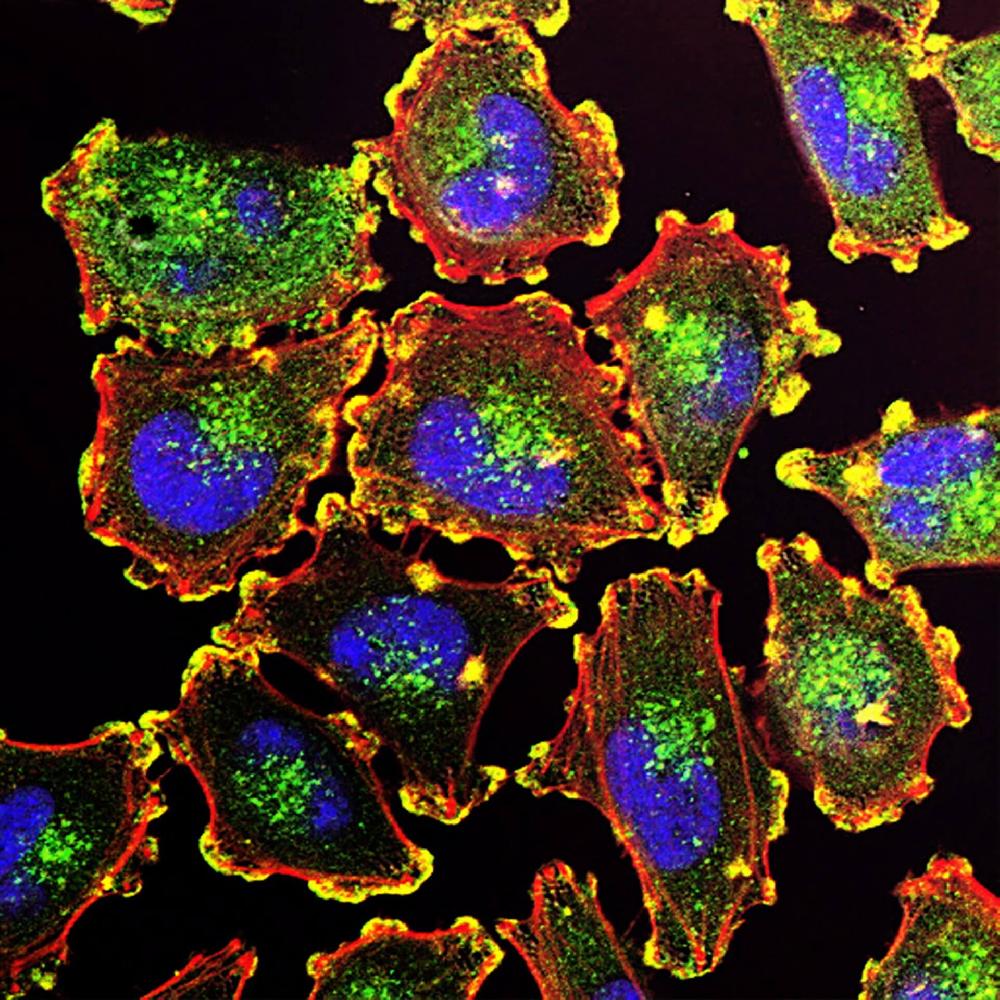This website uses cookies to ensure you get the best experience on our website.
- Table of Contents

Facts about Ubiquitin-protein ligase E3A.

Additionally, may be a cellular excellent control ubiquitin ligase by assisting the degradation of the cytoplasmic misfolded proteins (PubMed:19233847). In the end, UBE3A also promotes its own degradation in vivo.
| Human | |
|---|---|
| Gene Name: | UBE3A |
| Uniprot: | Q05086 |
| Entrez: | 7337 |

| Belongs to: |
|---|
| No superfamily |

ANCR; ANCREPVE6AP; AS; CTCL tumor antigen se37-2; E6AP ubiquitin-protein ligase; E6AP; E6-AP; EC 6.3.2.-; EPVE6AP; FLJ26981; HPVE6A; human papilloma virus E6-associated protein; Human papillomavirus E6-associated protein; Oncogenic protein-associated protein E6-AP; Renal carcinoma antigen NY-REN-54; UBE3A; ubiquitin protein ligase E3A; ubiquitin-protein ligase E3A
Mass (kDA):
100.688 kDA

| Human | |
|---|---|
| Location: | 15q11.2 |
| Sequence: | 15; NC_000015.10 (25333728..25439381, complement) |
Cytoplasm. Nucleus.






PMID: 9143503 by Yamamoto Y., et al. The human E6-AP gene (UBE3A) encodes three potential protein isoforms generated by differential splicing.
PMID: 8988171 by Kishino T., et al. UBE3A/E6-AP mutations cause Angelman syndrome.